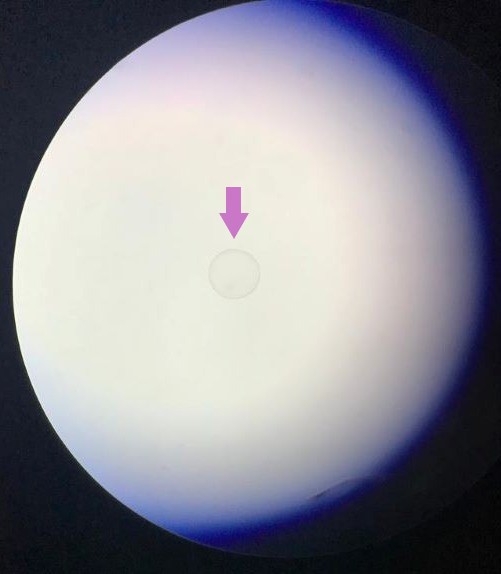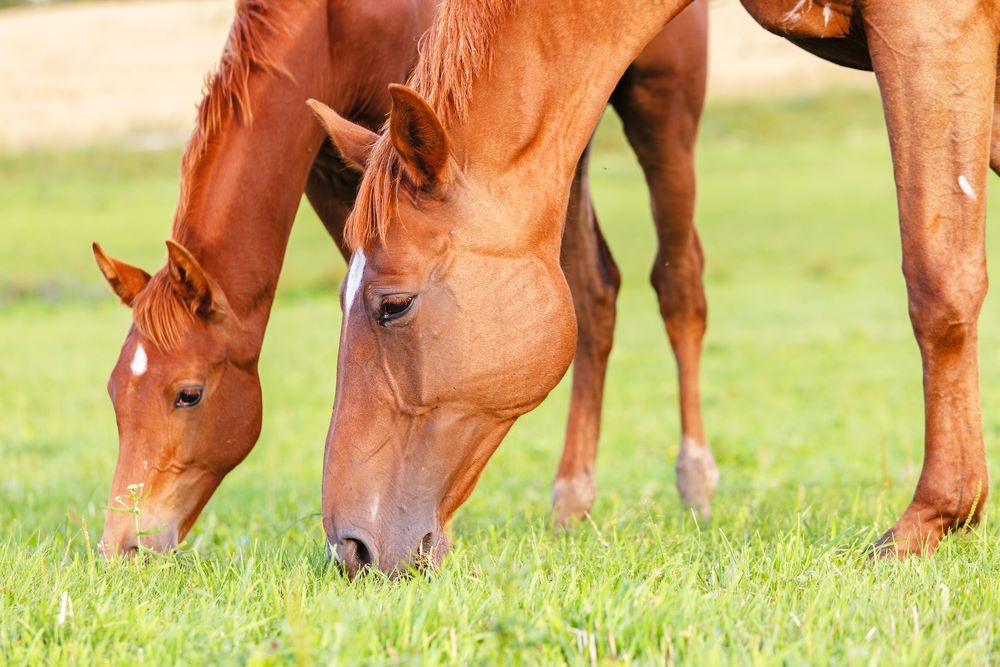24 hour contact: 01707 666297
Equine Embryo Transfer Service
Mare Support Stallion / Stud Support FAQs
Package Prices Artificial Insemination Embryo Transfer
For clients wishing to breed a foal using a surrogate or recipient mare to carry the pregnancy we now have a number of options:
- With support of our partner studs we can perform embryo flushes from your mare. The embryo is then shipped on a same day service to the stud where it is transferred into a commercial recipient (surrogate) mare.
- If you have your own mare you wish to use as a recipient, we can perform embryo transfer in house as well.
What is embryo flushing?

This is a procedure where the pregnancy is non-surgically flushed from your mare between day 7-9 following ovulation so she does not carry her own pregnancy.
The flush is performed at our hospital as an outpatient procedure. It does not usually take longer than an hour and so only light sedation (if any) is required. Any embryo that is present is collected in a small filter. This filter is searched under a microscope. If any embryo is identified it then needs to go through a small processing procedure known as washing. Once the embryo has been prepared it can then be shipped. The donor mare (the one that has been flushed) recieves a prostaglandin injection, this brings her into season again straight away in order to prevent any infection being introduced as a result of the procedure. As the embryo flush must take place so early during pregnancy, there is no way to know prior to performing the flush whether the mare has actually conceived or not. We will only find out whether it is positive or negative once we have checked the flush fluid. Hopefully an embryo will be retrieved and if so, it can then be transferred.
When should embryo transfer be considered?
This technique is an attractive repro solution for sports horse breeding. It enables mares to breed at an age rather than waiting until they are retired.
What are the benefits of embryo transfers?
- With conventional breeding, mares will need extensive time off during later pregnancy, birth and nursing a foal. This is completely avoided by using a surrogate/recipient mare.
- This means that competition mares can be bred at an age when they are more likely to be successful at getting in foal rather than waiting until they have retired when they are usually middle-aged.
- This technique facilitates the option of more than one pregnancy per mare, per year and maximises the potential for horses of high genetic value
- Mares with health conditions preventing them from holding pregnancies can still have offspring
What are the success rates for equine embryo transfer?

The success rate of getting an embryo is similar to the mare's normal conception rate, around 60%. Once an embryo is retrieved, it has an 80% chance of being successfully transferred into the recipient mare (first positive pregnancy test usually around 4 days after transfer). This figure is comparable in embryos that are transferred immediately and those that are shipped same day via a transported embryo service as provided by us.
Where does the equine embryo transfer take place?
Embryo transfer is performed at RVC only but is done within an hour and the owner is welcome to be present. The reason it can only be done at RVC is due to access to facilities to ensure if an embryo is retrieved it can be treated and processed for transfer in the cleanest way possible with the least risk of harm.
Can I supply my own recipient mare to carry the pregnancy?
The short answer is yes you can, however please read the following information
Unlike many other species, synchronising the donor and the recipient mare together to ensure a successful transfer is very challenging and often requires a minimum of 3 potential recipients to be lined up. This means we recommend working with our partner commercial studs that lease out recipient mares from a professional herd to avoid any last minute panic when a recipient is suddenly no longer available or suitable.
If you really would like to use your own mare, due to difficulties in synchronisation, we will most likely freeze the embryo once it is flushed. We will then track your recipient mare's cycle and when she is at the appropriate stage we will perform the transfer. This is likely to be a matter of days apart from the initial flush but ensures a better chance of success than transferring on the same day, at a time when the recipient is likely to reject the embryo.

